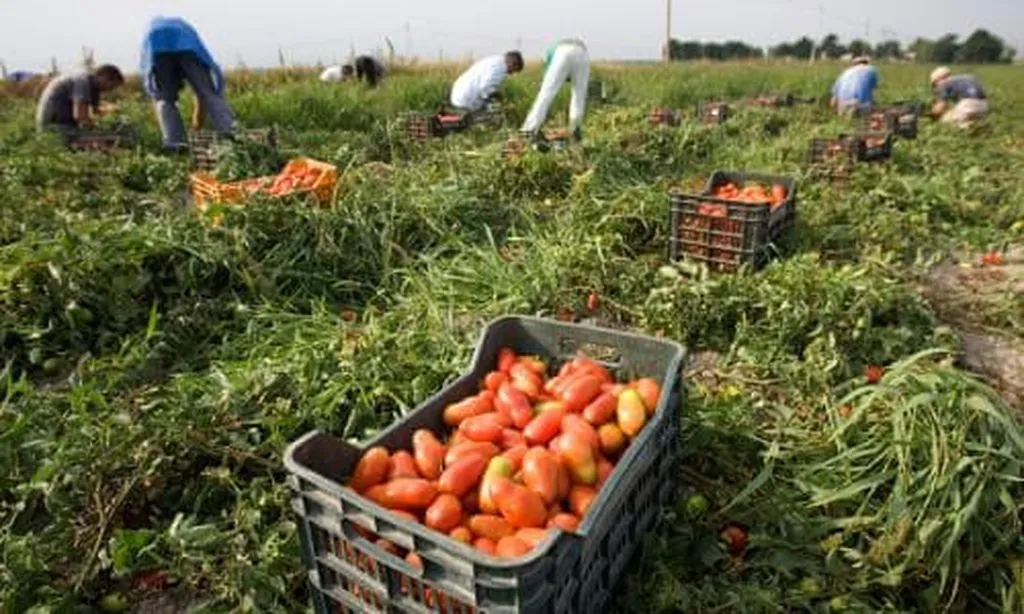In the heart of Romania, a groundbreaking study is set to revolutionize the way we think about operator comfort and safety in modern agricultural machinery. Researchers at the Technology and Business Incubator INMA in Bucharest have developed an advanced numerical model that simulates the vibrational behavior of tractor seats, a critical component often overlooked in the design of agricultural vehicles. This innovative approach, detailed in a recent paper published in *AgriEngineering*, combines Finite Element Analysis (FEA) with real-world testing to create a more comfortable and safer experience for tractor operators.
The study, led by Teofil-Alin Oncescu, focuses on the operator’s seat in a self-propelled electric tractor designed for use in protected horticultural environments, such as vegetable greenhouses. The research team created a 3D model of the seat using SolidWorks 2023 and analyzed its dynamic response through FEA in Altair SimSolid. This allowed them to identify eight significant natural frequencies within the 0–80 Hz range, which are crucial for understanding how vibrations affect the operator.
To validate their model, the researchers conducted direct time-domain measurements on an uneven, grass-covered dirt track using the TE-0 self-propelled electric tractor prototype. They collected vibration data at the operator’s seat level, considering the average anthropometric characteristics of a group of male operators aged between 27 and 50 years. Triaxial accelerometer sensors were strategically placed on the seat cushion and backrest to record accelerations along the X, Y, and Z spatial axes. The data were then processed and converted into the frequency domain using Fast Fourier Transform (FFT), enabling the assessment of vibration transmissibility and resonance amplification between the floor and seat.
The combined numerical-experimental approach provided high-fidelity validation of the seat’s dynamic model, confirming the structural modes most responsible for vibration transmission in the 4–8 Hz range—a critical sensitivity band for human comfort and health. “This integrated methodology offers a predictive framework for assessing different seat suspension configurations under controlled conditions,” said Oncescu. “It reduces experimental costs and enables optimization of ergonomic design before physical prototyping.”
The implications of this research for the agriculture sector are substantial. By understanding and mitigating whole-body vibration exposure, farmers and agricultural machinery manufacturers can improve operator safety and comfort, leading to increased productivity and reduced long-term health issues. The study also supports sustainable farming practices by promoting the use of electric tractors, which are more environmentally friendly than their diesel counterparts.
As the agriculture industry continues to evolve, the insights gained from this research could shape the future of tractor design. By incorporating advanced numerical models and experimental validation, manufacturers can develop seats that better absorb vibrations, reducing the risk of chronic health problems for operators. This not only enhances the overall efficiency of agricultural operations but also contributes to a safer and more sustainable future for farming.
The research, published in *AgriEngineering* and led by Teofil-Alin Oncescu from the Technology and Business Incubator INMA in Bucharest, represents a significant step forward in the field of agricultural engineering. As the industry continues to embrace innovation, studies like this one will play a crucial role in driving progress and improving the lives of those who work the land.

